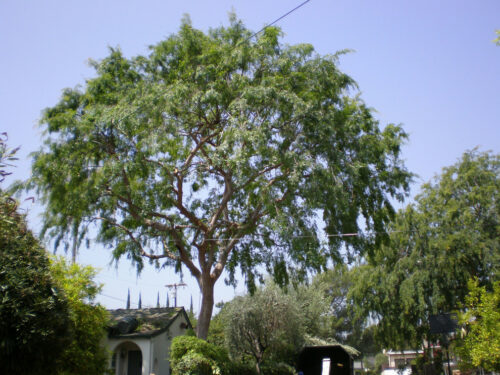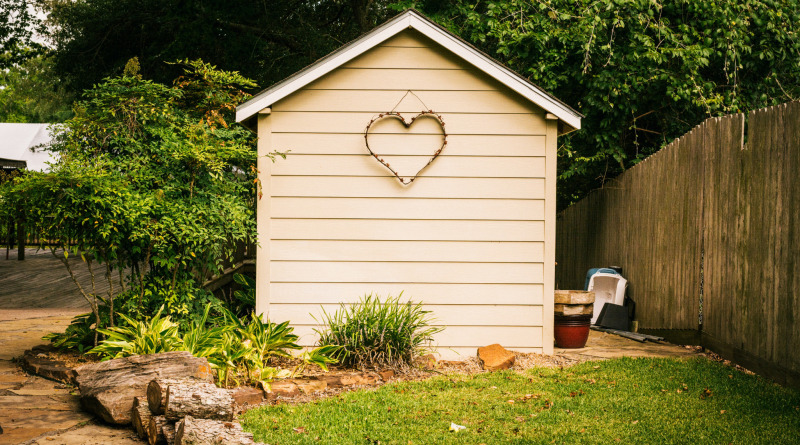How to trim a Chinese elm tree? The Chinese Elm tree comes in two forms, the standard outdoor Chinese Elm. And the Bonsai Tree Counterpart.
Both trees need to be trimmed and pruned. But there are subtle differences in when and how this should be done.
An important note before we begin.
Though is to remember that full-grown Chinese Elm Trees need to be trimmed in the spring.
Prior to any of their buds being produced, BUT, older trees do not necessarily require annual pruning.
Just the younger ones. So before you continue with this guide be sure to know the approximate age of your Chinese Elm Tree.
Now that you know the approximate age of your Chinese Elm Tree.
Let’s take a closer look at the differences between the Bonsai and regular Chinese Elm Trees.
Generally, the Bonsai version needs much more attention when pruning and trimming.
Whereas the regular Chinese Elm Tree can often be left to its own devices.
Providing it is growing healthily and without issues.
Both forms of the tree do need at least some pruning and trimming to help them to remain healthy.
First, let’s take a look at the more demanding Chinese Elm Bonsai Tree.
The Bonsai version of the Chinese Elm Tree is usually grown indoors in an indoor plant pot.
And are often much more delicate than their robust outdoor counterparts.
The first step in trimming any Chinese Elm Bonsai Tree.
Is to make sure that any limbs that are damaged or weak are removed.
In order to stop your tree from wasting valuable energy.
On branches that are already damaged beyond repair.
Next, is to shape the bonsai tree. Helping to maintain its natural shape will keep all branches at a uniform length.
And thus keep your tree healthy and looking great.
The final step, and one that you definitely cannot do on the outdoor Chinese Elm Tree.
But is essential for the Bonsai tree to continue growing healthily.
Take the tree out of its plant pot and trim down the roots of the tree.
Longer roots can lead to growth spurts.
Also, the Bonsai is a notoriously delicate tree.
This can lead to significant damage and weakening of the branches.
So make sure you don’t skip this step. Once your Chinese Elm Bonsai Tree is back in its plant pot.
Simply water it, and your newly shaped, newly trimmed, much healthier tree will be ready to go.
Now, let’s take a look at your outdoor Chinese Elm Tree.
These can grow up to sixty feet in length.
And can become a serious problem to tackle if you don’t make sure you prune and trim them regularly.
Much like the Bonsai, your first step here is to look for any signs of damaged or weakened branches.
But remember, this tree is outside.
Therefore exposed to even more potential problems such as insects, fungi, and diseases.
Make sure to look for anything out of the ordinary.
Once you’ve located the source of the problem.
Simply use your pruning shears to remove the damaged branch.
Cut at an angle to help prevent any further damage to your tree whilst pruning.
You’ll want to be meticulous here because any problems you miss might lead to further damage.
At which point your Chinese Elm Tree might be beyond repair.
Remember too, that any fungus or insect problems may need to be treated.
With pesticides to prevent the disease from spreading further.
Simply chopping off the infected branch cannot always guarantee a healthy tree.
Be mindful of this when looking for any problems.
Your final step when trimming the outdoor Chinese Elm Tree.
Is to be mindful of the directions in which the branches are growing.
If they are too close together or blocking other healthy branches from receiving direct sunlight.
Then the branch will need to be cut back in order to allow other branches to grow healthily.
Once properly shaped and any problem branches removed.
Your Chinese Elm Tree should be looking much more healthy.
So there you have it, a relatively quick and painless guide on how to trim a Chinese Elm Tree.
Stick to these simple but effective steps.
And your Chinese Elm’s should be healthy and happy for years to come.



